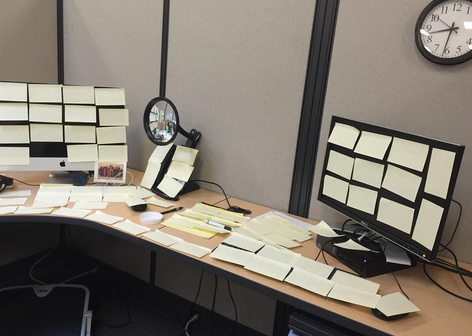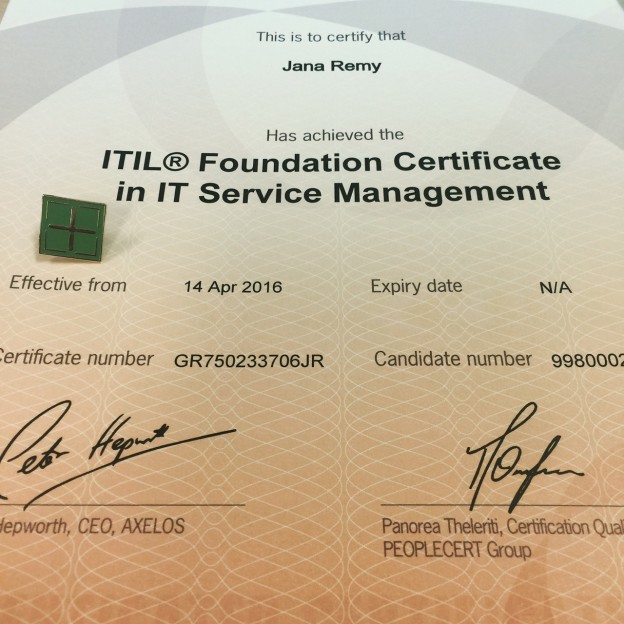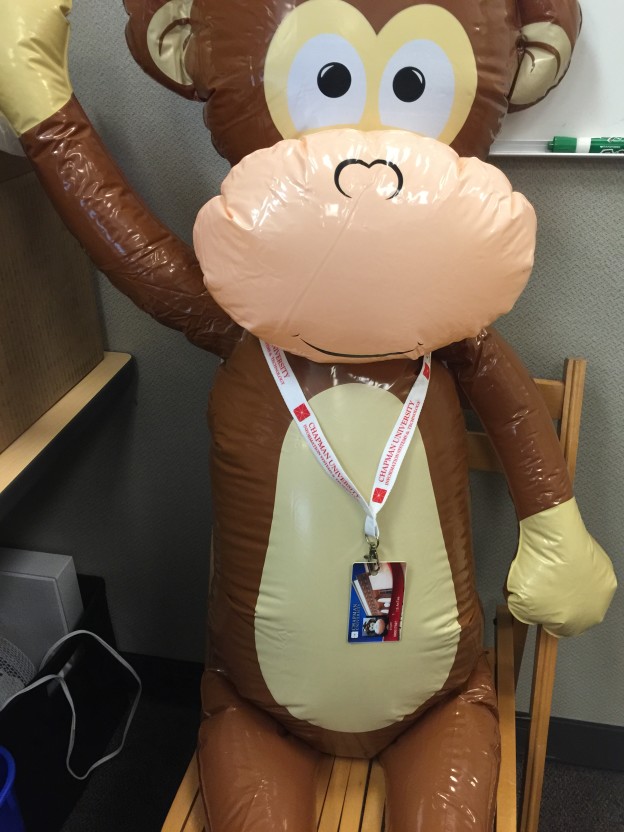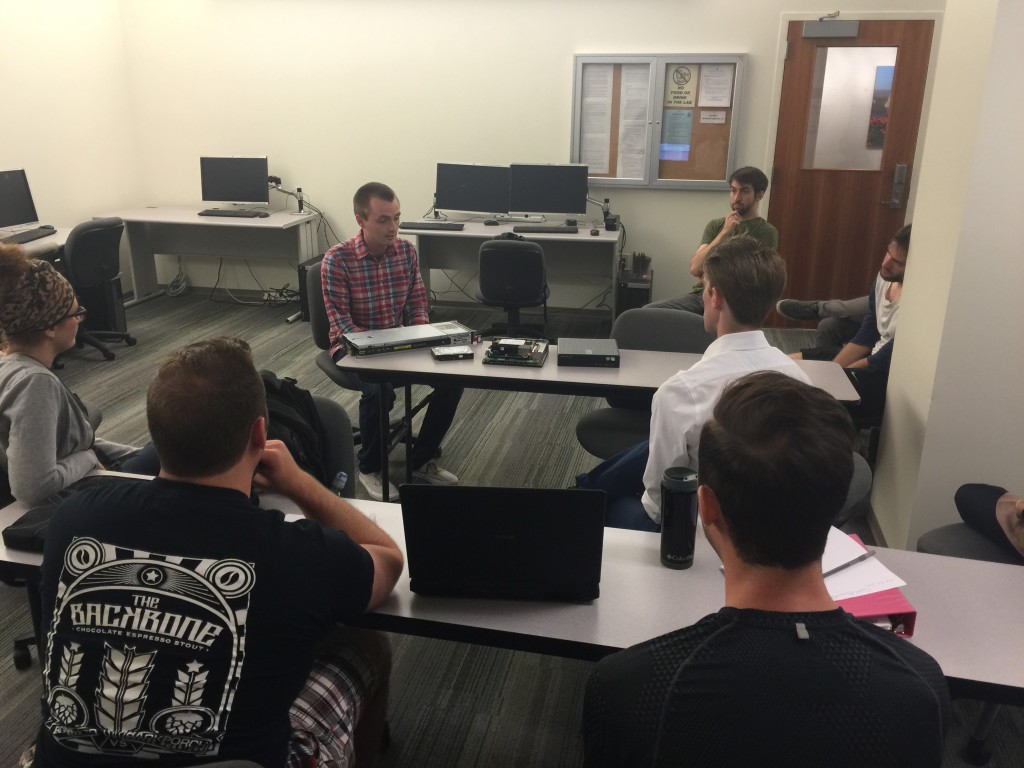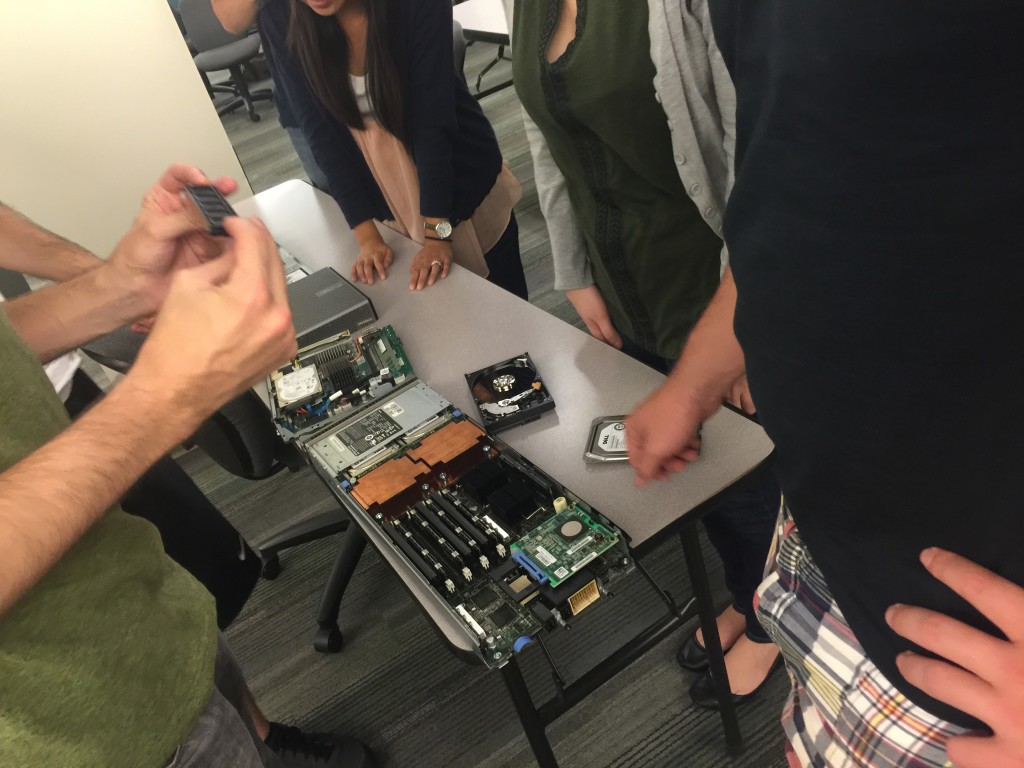This is another post in the series about MyYearinIT.
Not too long ago I found myself in a “Strategic IT” meeting we were discussing where we each sit on the curve of change. The discussion leader drew something a bit like this on his whiteboard and asked us each to come up and put a mark where we would be in the curve of adopting to technological changes.
He then asked: Were we on the leading edge? Or did we follow the crowd?
Various colleagues got up and put a mark somewhere on the curve, most of them right around the big bump (those who tended to jump on the bandwagon with everyone else) and a few afterwards (those folks said that they usually waited to whether a technology was likely to last before they adopted it). I was one of the last people to go up to the sign and leave my mark.
This is where I put myself (note: I was the only person to draw a picture, but I’m dorky like that):
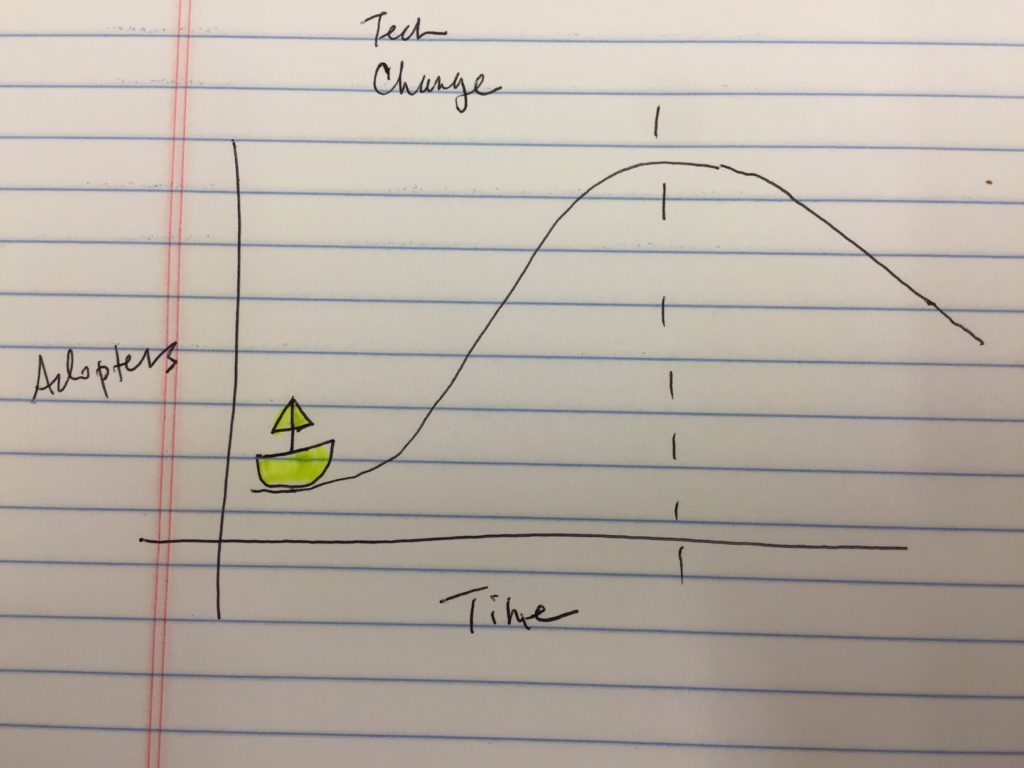 I then told the group a story that’s become a touchstone for me…
I then told the group a story that’s become a touchstone for me…
When I first began canoeing on the ocean, it was pretty scary to be surrounded by wide open water. The swell could be a low rolling bump that gave a gentle nudge to the boat or the entire ocean could be flat as a pancake, where you had to dig in your paddle to do all the work. But of course there was also the possibility of really big swell. And the first time I encountered that, it was unforgettable. Continue reading


